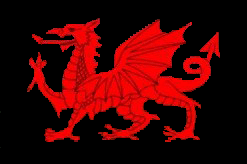Recent research has uncovered a treasure: the protocols for annotating and processing incoming films from the photographers assigned by LIFE magazine to cover the D-Day invasion. It is dated May 8, 1944, less than a month before the event. […]
|
In the end, it seems fittingly ironic that the Occam’s-Razor explanation for all of Capa’s missing D-Day negatives turns out to be the scissors of the censor. The legend of the lost negatives resulted from nothing more or less than the needs of Capa’s outsize ego. […] I have come to believe that Capa’s actions on D-Day resulted from considered planning and calculated risks. He knew that he would have only a short time on the beach. He knew that he had to get back quickly to some ship — preferably the Chase, but if not another — in the convoy scheduled to depart at noon for the English coast. That represented his only hope of getting his films to LIFE on time. […] So when Capa clambered onto LCI(L)-94, it wasn’t a result of knowing it would get him back to the Chase. It was simply his best chance to get off the beach quickly with his films. Lt. Gislason recognized Capa’s name and understood the importance of his films and his assignment for LIFE. So they flagged down one of the Chase‘s returning LCVPs that they encountered on the return trip. […] |
||





Eyes on Ukraine (1)
Though by definition I can only observe the war in Ukraine from afar, I don’t think of myself as merely a spectator, nor of this as a spectator sport. Count me instead as a concerned citizen of the world — a world that the outcome of this catastrophe will affect deeply. And someone who sees democracy worldwide at stake here. […]